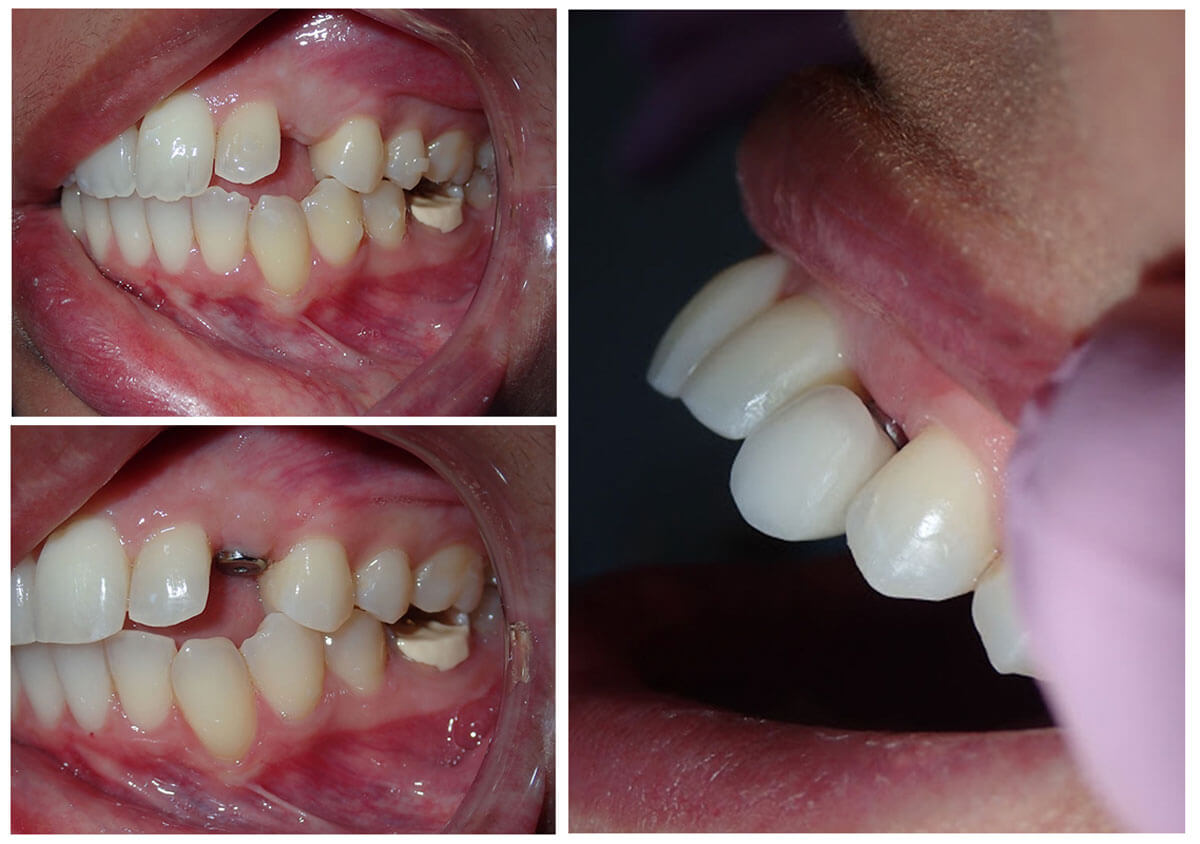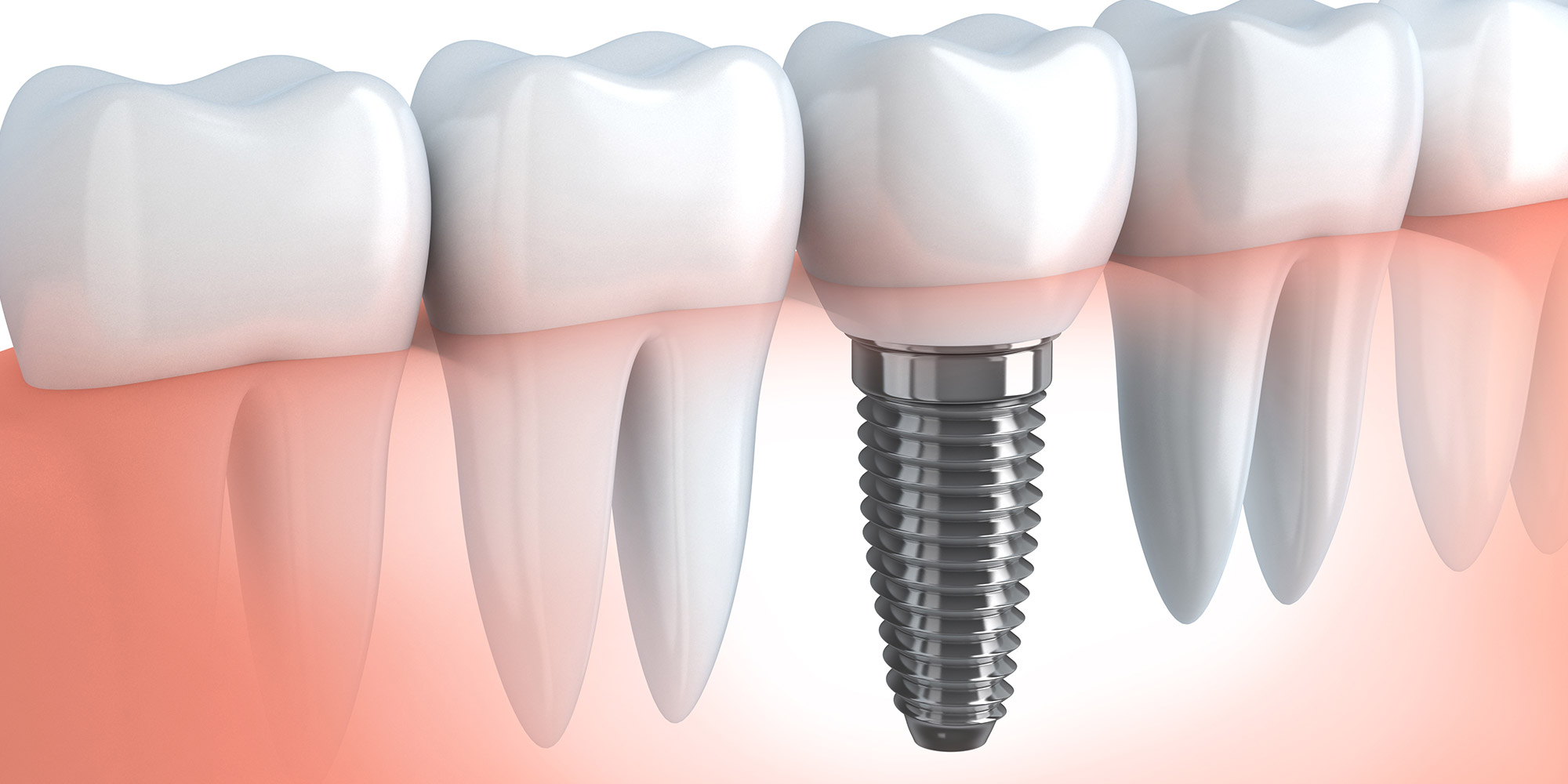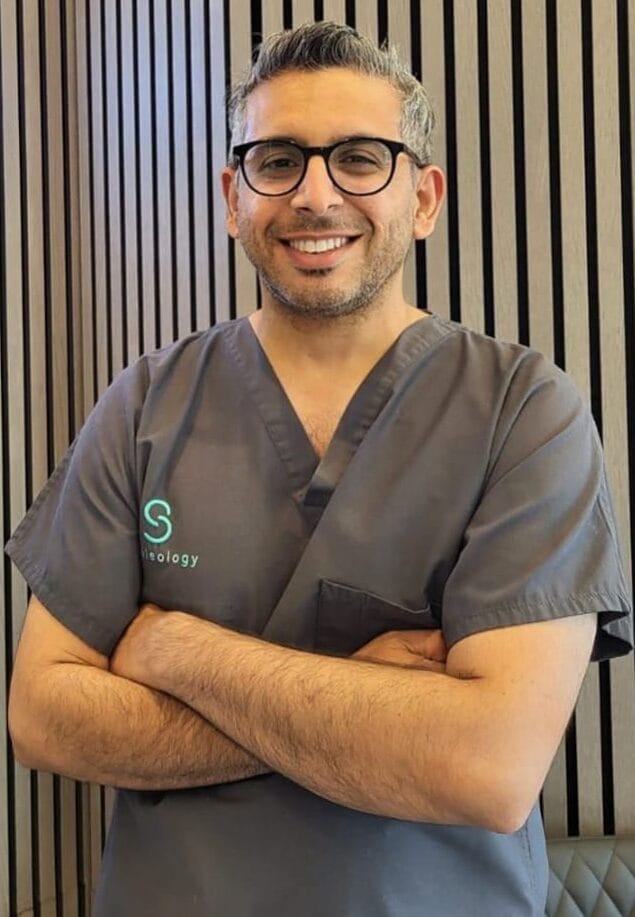Experience the most up to date Innovations in Dental Implants Technology
As the area of dental care proceeds to advance, the innovations in dental implant technology have actually been nothing short of exceptional. The combination of modern technology is changing the capability of oral implants, promising improved outcomes and patient complete satisfaction.
Advanced Materials for Boosted Resilience
In the realm of oral implants technology, the combination of sophisticated products has actually substantially added to improving durability and long life of these crucial oral prosthetics. The use of products such as titanium alloys, zirconia, and ceramic compounds has changed the area by supplying boosted resistance, biocompatibility, and stamina to rust.
Titanium alloys are commonly used in dental implants as a result of their phenomenal strength-to-weight ratio, corrosion resistance, and compatibility with the human body. These alloys guarantee the security and longevity of the implant by enduring the pressures applied during talking and eating, offering a trustworthy service for clients seeking durable tooth substitutes.
Zirconia, a type of ceramic material, has gotten appeal for its biocompatibility and natural tooth-like appearance. Its high strength and resistance to use make it an appropriate option for dental crowns and bridges, boosting the overall aesthetic appeals and functionality of the implant.

Digital Imaging for Exact Placement
The advancement of oral implants technology has actually even more progressed with the combination of electronic imaging techniques, guaranteeing specific positioning of these prosthetics for optimum useful and aesthetic results. Digital imaging plays a critical function in the planning and placement of dental implants by providing in-depth 3D pictures of the individual's jawbone structure. This modern technology permits dental practitioners to examine bone thickness, situate vital frameworks, and prepare the precise placement and angle for implant positioning with exceptional accuracy.
By using digital imaging, dental professionals can produce virtual surgical overviews that function as a roadmap during the implant positioning treatment. These guides are personalized for each and every client, taking into consideration their special anatomy and the wanted outcome. This degree of accuracy not just enhances the success price of dental implant procedures but additionally minimizes the threat of problems.
Furthermore, electronic imaging makes it possible for dental experts to envision the final prosthetic remediation before the real positioning of implants, permitting meticulous preparation and making sure that the outcome meets the client's visual expectations. Generally, the assimilation of digital imaging innovation has actually transformed the field of dental implants, offering individuals a much more foreseeable, effective, and patient-specific therapy method.

Minimally Invasive Surgical Methods


Innovations in surgical methods have caused the advancement of minimally intrusive strategies in the field of oral implantology. home These methods aim to reduce trauma to the individual, shorten recovery times, and boost general treatment end results. Minimally invasive medical procedures involve smaller lacerations, specialized instruments, and advanced imaging innovations to exactly position oral implants with minimal disturbance to surrounding tissues.
One secret facet of minimally intrusive strategies is the use of led surgery, where 3D imaging and computer-aided design software are utilized to plan the dental implant positioning with excellent accuracy. This allows for a more foreseeable outcome and can commonly get rid of the requirement for substantial flap surgical treatment.
In addition, improvements in products and dental implant layout have likewise added to the success of minimally intrusive approaches. Implants with boosted surface area properties advertise much faster osseointegration, lowering the recovery time needed before the prosthetic reconstruction can be put.
3D Printing for Personalized Solutions
Utilizing 3D printing technology in dental implantology permits the production of extremely tailored solutions customized to specific client demands and anatomical variations. This advanced technology allows dental professionals to develop and produce dental implants with extraordinary precision and accuracy. By making use of digital imaging strategies, such as cone beam computed tomography (CBCT), in-depth 3D versions of the client's oral click to read more tooth cavity can be generated to direct the implant intending process.
Among the essential benefits of 3D printing in dental implantology is the capacity to produce patient-specific implants that completely fit the special anatomy of each individual. This individualized method helps improve the general success and long life of the dental implant by making certain ideal fit and alignment. In addition, 3D printing allows for the manufacturing of complicated geometries and detailed structures that would be impossible or tough to attain making use of typical manufacturing methods.
Moreover, 3D printing innovation enables dental professionals to simplify the implantation process, decreasing surgical treatment time and enhancing overall person experience. With its capacity to produce tailored solutions rapidly and efficiently, 3D printing is transforming the area of oral implantology, offering people ingenious therapy alternatives and boosted outcomes.
Integrated Innovation for Improved Functionality
Executing advanced technology in oral implantology enhances capability and accuracy, boosting the standard of treatment for clients undergoing dental implant procedures. Integrated modern technology plays a critical duty in improving the overall success and resilience of dental implants.
Additionally, the assimilation of computer-aided style and computer-aided production (CAD/CAM) modern technology allows the creation of customized implant remediations with remarkable precision. CAD/CAM systems use electronic impacts to create prosthetics that completely fit the client's distinct anatomy, making sure optimal convenience and capability. Additionally, making use of robotic-assisted surgical treatment in dental implant placement improves accuracy and decreases the risk of human error.
Final Thought
To conclude, the most current advancements in dental implants innovation deal improved sturdiness through sophisticated products, accurate positioning with digital imaging, minimally intrusive surgical strategies, tailored options with 3D printing, and enhanced capability weblink with integrated technology - Dental implants Kent. These improvements in oral implants modern technology are changing the area and providing individuals with more efficient and reliable treatment alternatives for restoring their smiles and oral health
The combination of innovation is changing the functionality of dental implants, promising improved end results and individual complete satisfaction.
The development of dental implants modern technology has further advanced with the assimilation of electronic imaging techniques, making certain exact positioning of these prosthetics for optimum practical and visual outcomes. Minimally invasive medical treatments entail smaller incisions, specialized tools, and progressed imaging modern technologies to precisely place dental implants with very little interruption to surrounding cells.
Applying innovative technology in oral implantology boosts functionality and accuracy, boosting the criterion of care for individuals undertaking dental implant treatments. Dental implants Kent. Integrated technology plays a vital duty in boosting the overall success and toughness of dental implants